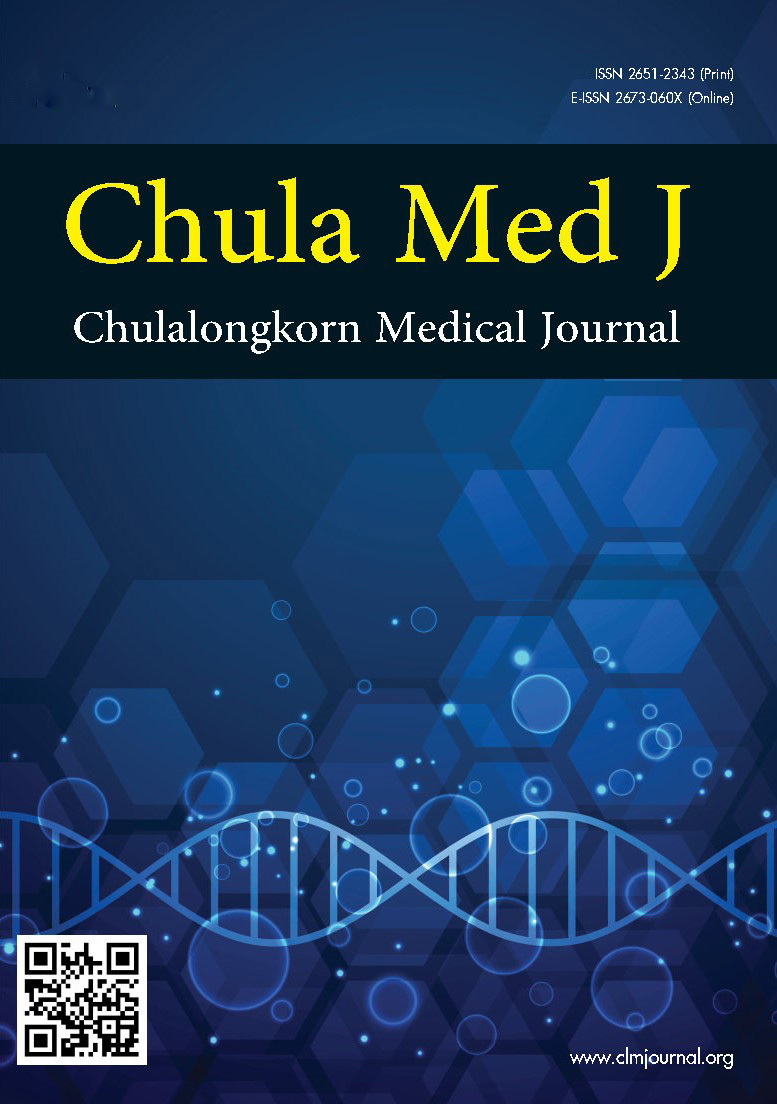Optimizing premature nutrition: An updated review of human and donor milk fortification and its implication in growth and neurodevelopmental outcomes
Keywords:
Human milk analysis, lactoengineering, neurodevelopment, preterm, targeted fortificationAbstract
Poor intra- and extrauterine growth, as well as inadequate protein supplementation during the first weeks in premature babies, are linked to long-term growth failure and impaired brain development. The calorie requirements of premature newborns cannot every time be fulfilled, even with routine and traditional fortification. This is because conventional fortification relies on the presumed well-known composition of human milk rather than the measured and calculated composition thereof. The protein content of milk in mother’s of preterm babies, varies with breastfeeding duration and the content of donor human milk varies when it is pasteurised and preserved in human milk banks for prolonged duration. Newer fortification techniques, such as individualized, targeted approaches, are required to address these challenges of protein and micronutrient undernutrition, which have led to the concept of “lacto-engineering.” This review article focuses on recent feeding practice updates, including traditional and targeted fortification, bedside human milk content analysis, lacto-engineering, and their implications in neonatal intensive care units, particularly in developing countries.
Downloads
References
Miller SL, Huppi PS, Mallard C. The consequences of fetal growth restriction on brain structure and neurodevelopmental outcome. J Physiol 2016;594: 807-23.
https://doi.org/10.1113/JP271402
Prado EL, Dewey KG. Nutrition and brain development in early life. Nutr Rev 2014;72:267-84.
https://doi.org/10.1111/nure.12102
Ehrenkranz RA, Dusick AM, Vohr BR, Wright LL, Wrage LA, Poole WK. Growth in the neonatal intensive care unit influences neurodevelopmental and growth outcomes of extremely low birth weight infants. Pediatrics 2006;117:1253-61.
https://doi.org/10.1542/peds.2005-1368
Chan SHT, Johnson MJ, Leaf AA, Vollmer B. Nutrition and neurodevelopmental outcomes in preterm infants: a systematic review. Acta Paediatr 2016;105:587-99.
https://doi.org/10.1111/apa.13344
Stephens BE, Walden RV, Gargus RA, Tucker R, McKinley L, Mance M, et al. First week protein and energy intakes are associated with 18-month developmental outcomes in extremely low birth weight infants. Pediatrics 2009;123:1337-43.
https://doi.org/10.1542/peds.2008-0211
Roggero P, Liotto N, Amato O, Mosca F. The potential effects of human milk on morbidity in very-low-birthweight preterm infants. Nutrients 2020;12:1882.
https://doi.org/10.3390/nu12061882
Blaymore Bier JA, Oliver T, Ferguson A, Vohr BR. Human milk reduces outpatient upper respiratory symptoms in premature infants during their first year of life. J Perinatol 2002;22:354-9.
https://doi.org/10.1038/sj.jp.7210742
Wu Y, Zhong XY, Jiang J, Gong H. Prospective and controlled study on effect of fortified human milk feeding on infants with extremely and very low birth weight during hospital stay. Beijing Da Xue Xue Bao Yi Xue Ban 2016;48:143-8.
Henderson G, Craig S, Brocklehurst P, McGuire W. Enteral feeding regimens and necrotising enterocolitis in preterm infants: a multicentre case-control study. Arch Dis Child Fetal Neonatal Ed 2009;94:120-3.
https://doi.org/10.1136/adc.2007.119560
Sisk PM, Lovelady CA, Dillard RG, Gruber KJ, O'Shea TM. Early human milk feeding is associated with a lower risk of necrotizing enterocolitis in very low birth weight infants. J Perinatol 2007;27:428-33.
https://doi.org/10.1038/sj.jp.7211758
Bacchetta J, Harambat J, Dubourg L, Guy B, Liutkus A, Canterino I, et al. Both extrauterine and intrauterine growth restriction impair renal function in children born very preterm. Kidney Int 2009;76:445-52.
https://doi.org/10.1038/ki.2009.201
Sullivan S, Schanler RJ, Kim JH, Patel AL, Trawöger R, Kiechl-Kohlendorfer U, et al. An exclusively human milk-based diet is associated with a lower rate of necrotizing enterocolitis than a diet of human milk and bovine milk-based products. J Pediatr 2010 ;156: 562-7.e1.
https://doi.org/10.1016/j.jpeds.2009.10.040
Chinnappan A, Sharma A, Agarwal R, Thukral A, Deorari A, Sankar MJ. Fortification of breast milk with preterm formula powder vs human milk fortifier in preterm neonates: a randomized noninferiority trial. JAMA Pediatr 2021;175:790-6.
https://doi.org/10.1001/jamapediatrics.2021.0678
Gupta V, Rebekah G, Sudhakar Y, Santhanam S, Kumar M, Thomas N. A randomized controlled trial comparing the effect of fortification of human milk with an infant formula powder versus unfortified human milk on the growth of preterm very low birth weight infants. J Matern Fetal Neonatal Med 2020;33:2507-15.
https://doi.org/10.1080/14767058.2018.1554046
Mukhopadhyay K, Narnag A, Mahajan R: Effect of human milk fortification in appropriate for gestation and small for gestation preterm babies: a randomized controlled trial. Indian Pediatr 2007;44:286-90.
Ehrenkranz RA, Younes N, Lemons JA, Fanaroff AA, Donovan EF, Wright LL, et al. Longitudinal growth of hospitalized very low birth weight infants. Pediatrics 1999;104 (2 Pt 1):280-9.
https://doi.org/10.1542/peds.104.2.280
Lugonja N, Marinkovic V, Pucarevic M, Miletic S, Stojic N, Crnkovic D, et al. Human Milk-The Biofluid That Nourishes Infants from the first day of life. Foods 2024;13:1298.
https://doi.org/10.3390/foods13091298
Sankar MJ, Agarwal R, Mishra S, Deorari AK, Paul VK. Feeding of low birth weight infants. Indian J Pediatr 2008;75:459-69.
https://doi.org/10.1007/s12098-008-0073-y
Bertino E, Di Nicola P, Varalda A, Occhi L, Giuliani F, Coscia A. Neonatal growth charts. J Matern Fetal Neonatal Med 2012;25 (Suppl 1):67-9.
https://doi.org/10.3109/14767058.2012.664889
Seliga-Siwecka J, Fia³kowska J, Chmielewska A. Effect of targeted vs. Standard fortification of breast milk on growth and development of preterm infants ( 32 Weeks): Results from an interrupted randomized controlled trial. Nutrients 2023;15:619.
https://doi.org/10.3390/nu15030619
Arslanoglu S, Boquien CY, King C, Lamireau D, Tonetto P, Barnett D, et al. Fortification of human milk for preterm infants: Update and recommendations of the European milk bank association (EMBA) working group on human milk fortification. Front Pediatr 2019;7:76.
https://doi.org/10.3389/fped.2019.00076
Arslanoglu S, Moro GE, Ziegler EE. Adjustable fortification of human milk fed to preterm infants: does it make a difference?. J Perinatol 2006;26:614-21.
https://doi.org/10.1038/sj.jp.7211571
Kreins N, Buffin R, Michel-Molnar D, Chambon V, Pradat P, Picaud JC. Individualized fortification influences the osmolality of human milk. Front Pediatr 2018;6:322.
https://doi.org/10.3389/fped.2018.00322
Arslanoglu S, Bertino E, Coscia A, Tonetto P, Giuliani F, Moro GE. Update of adjustable fortification regimen for preterm infants: a new protocol. J Biol Regul Homeost Agents 2012;26 (3 Suppl):65-7.
Fusch G, Kwan C, Kotrri G, Fusch C. "Bed side" human milk analysis in the neonatal intensive care unit: a systematic review. Clin Perinatol 2017;44:209-67.
https://doi.org/10.1016/j.clp.2016.11.001
Leghi GE, Middleton PF, Netting MJ, Wlodek ME, Geddes DT, Muhlhausler BS. A systematic review of collection and analysis of human milk for macronutrient composition. J Nutr 2020;150:1652-70.
https://doi.org/10.1093/jn/nxaa059
McLeod G, Sherriff J, Hartmann PE, Nathan E, Geddes D, Simmer K. Comparing different methods of human breast milk fortification using measured v. assumed macronutrient composition to target reference growth: a randomised controlled trial. Br J Nutr 2016;115:431-9.
https://doi.org/10.1017/S0007114515004614
Talebiyan S, Belfort MB. Human milk fortification for very preterm infants: Toward optimal nutrient delivery, neonatal intensive care unit growth, and long-term outcomes. Clin Perinatol 2023;50:625-41.
https://doi.org/10.1016/j.clp.2023.04.001
Thanigainathan S, Abiramalatha T. Early fortification of human milk versus late fortification to promote growth in preterm infants. Cochrane Database Syst Rev 2020 ;7:CD013392.
https://doi.org/10.1002/14651858.CD013392.pub2
Salas AA, Gunawan E, Nguyen K, Reeves A, Argent V, Finck A, et al. Early human milk fortification in infants born extremely preterm: A randomized trial. Pediatrics 2023;152:e2023061603.
Downloads
Published
How to Cite
Issue
Section
License
Copyright (c) 2025 Chulalongkorn Medical Journal

This work is licensed under a Creative Commons Attribution-NonCommercial-NoDerivatives 4.0 International License.







